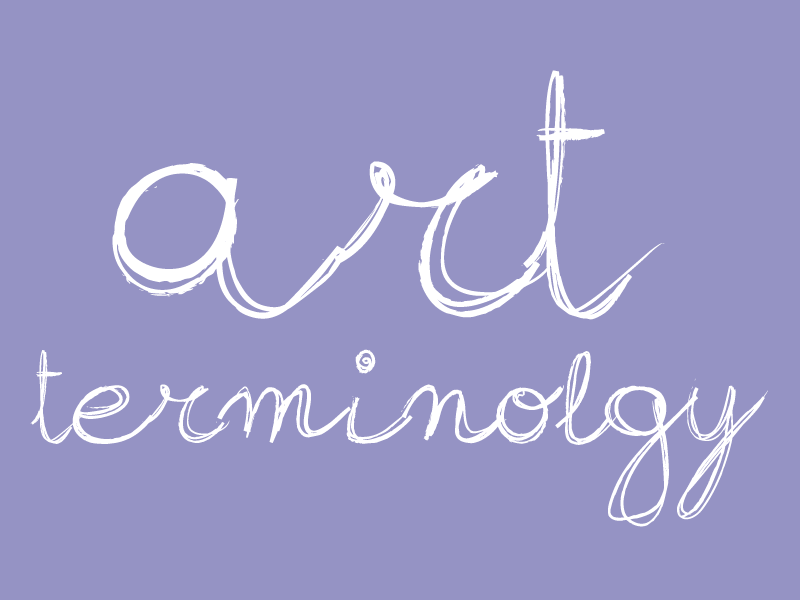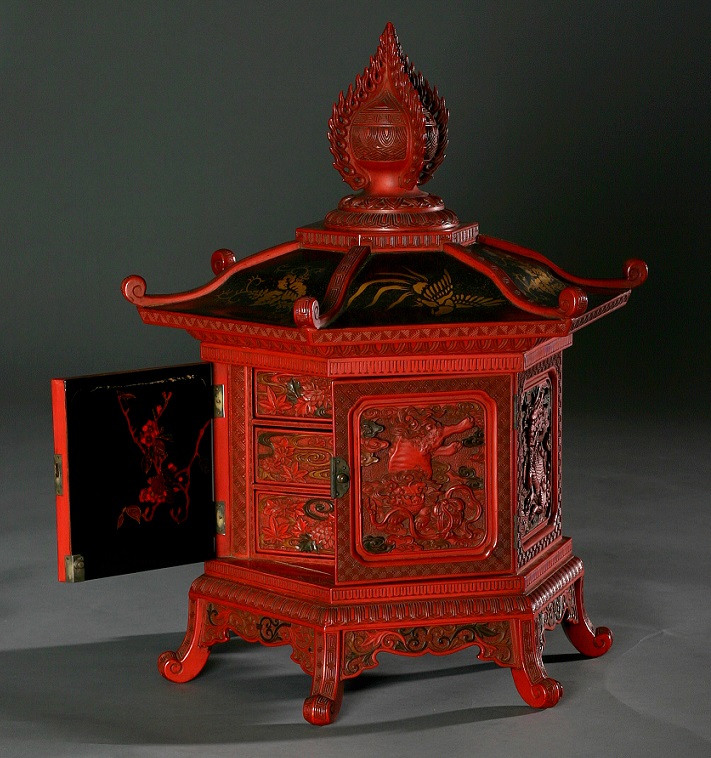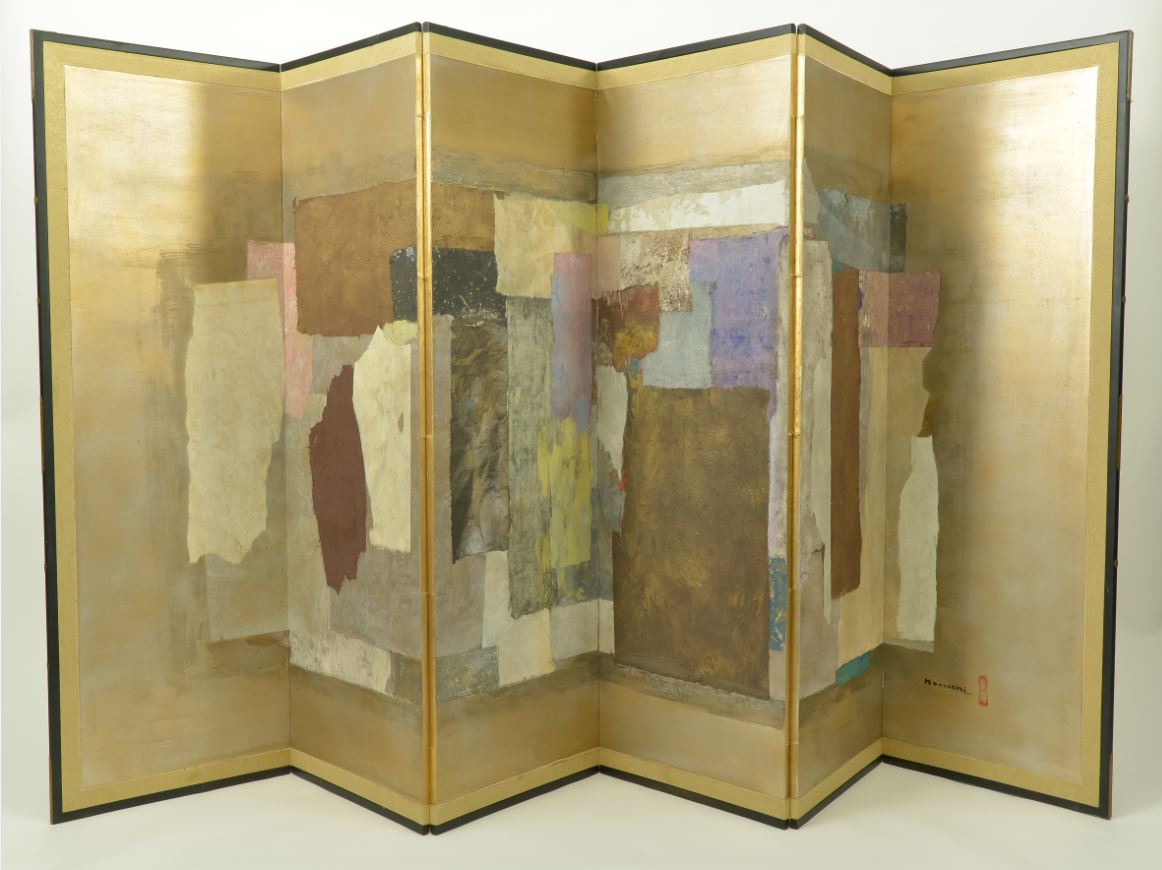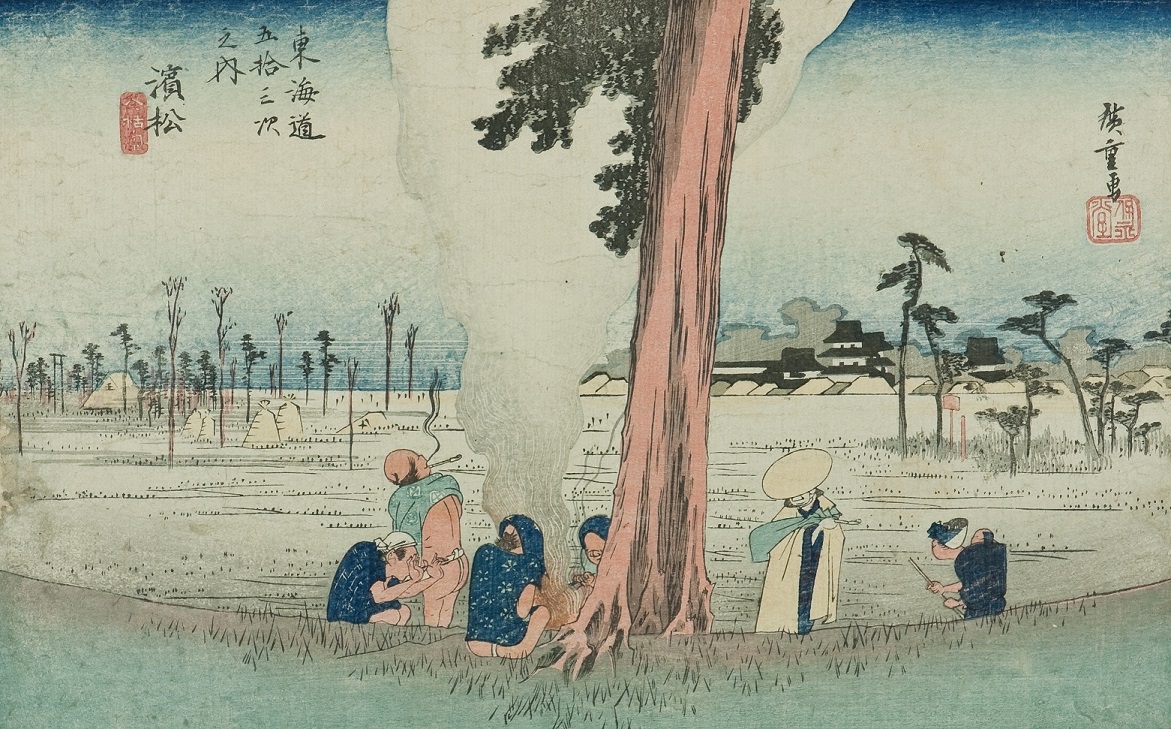
Say What? Art Terms for Beginners, Part 11
Derived from the Sanskrit, the key concept of dharma has different meanings in Hinduism, Sikhism, Jainism and Buddhism.

Derived from the Sanskrit, the key concept of dharma has different meanings in Hinduism, Sikhism, Jainism and Buddhism.

Lacquer is a uniquely East Asian product and material, as it is derived from the sap of the tree, rhus verniciflua, which is native to China and Japan.

Art conservation and restoration terms are revealed in this installment of Art Terms. But first, you may question what the difference is between conservation and restoration.

Calling all you birders! Not only can birdwatching be done through binoculars or telescopes, by listening for bird sounds or watching public webcams, but it can also be done through browsing the AGGV collection with a naked eye. Can you guess what kind of birds are depicted below?

Considered “the soul of the samurai”, the Samurai sword was the embodiment of the code of bushido (“the way of the warrior”) with its self-discipline, unquestioning devotion and ultimate skill.

By Marina DiMaio, AGGV Curatorial Assistant
Horiuchi was a painter and collagist whose work has become an important hybrid of Western-style abstraction, Asian calligraphy, and eastern philosophies. His body of work has helped situate an alternative narrative to the development of modern art in the Pacific Northwest, one that fully considers Japanese and North American relations.

By Audrey Wang, Marketing Volunteer
In art, the term “Japonisme” (from the French) was coined by the French art critic Philippe Burty in 1872, to describe the influence of Japanese art on the fine and decorative arts, sculpture, architecture and the performing arts of Western culture.

On March 9, the AGGV celebrates two separate, but related, exhibitions that memorialize Mount Fuji and its manifestations in the Japanese and non-Japanese aesthetic.

The art of woodblock printing became widespread in Japan during the Edo period (1603-1868) and is best known in the genre of ukiyo-e prints of the period. Prior to this, woodblock printing in Japan was used almost exclusively for reproducing Buddhist texts.